CLEAN UP AFTER THE COLD SNAP
If the plants in your garden are looking bereft after the prolonged cold snap, don’t panic. They will soon spring back to life as the thermometer rises and the days grow longer.
In fact, many plants and seeds benefit from a period of freezing temperatures as they have evolved to live through harsh winters and can get confused in mild years.
Don’t rush to cut off foliage that looks damaged. Wait until late winter as it will protect new shoots below and create a habitat for wildlife to shelter.
If you put in new plants in the autumn, it is a good idea to check these after frosts and where necessary tread down the earth around them.
Plants such as biennial wallflowers can rise when the soil freezes and need to be pushed firmly back into the ground.
If your lawn is soggy post-thaw, aerate it with a garden fork, sticking the tines into the earth and repeating at 15cm intervals across the grass. When it warms up at the end of February, you can resow any bare patches.
In the vegetable patch, you can put down manure but don’t work the soil if it is too cold or damp.
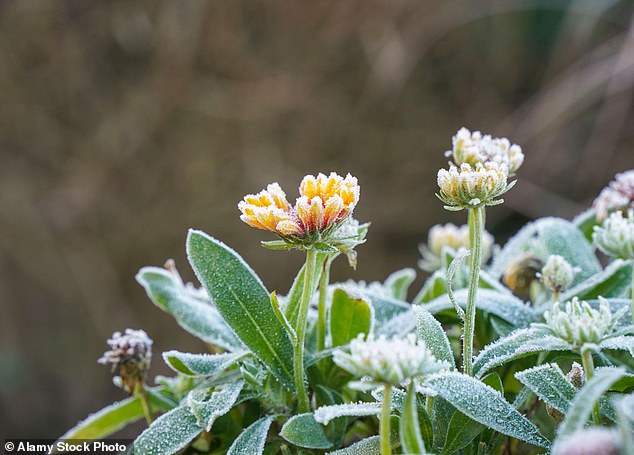
CHIT SEED POTATOES
Late January to early February is the best time to chit seed potatoes.
This is the process of exposing them to the light to encourage sprouting, before planting from mid-March.
Place the tubers in an empty egg carton with the blunt end pointing upwards.
Place the box somewhere light, cool and dry such as a greenhouse and leave for a few weeks.
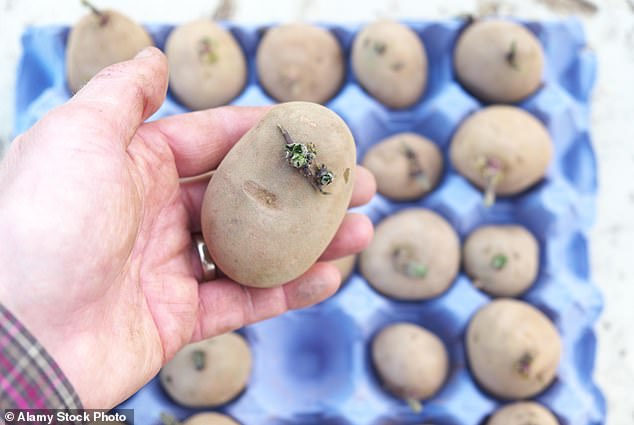
POTS AT THE READY
This is a good month to get everything ready for the growing season ahead.
Plant pots should be thoroughly cleaned in between uses to prevent the transfer of pests and diseases.
Shake off any excess dirt, or clean with a stiff brush, then wash them in warm soapy water and leave to dry thoroughly before putting them back in the shed or greenhouse.
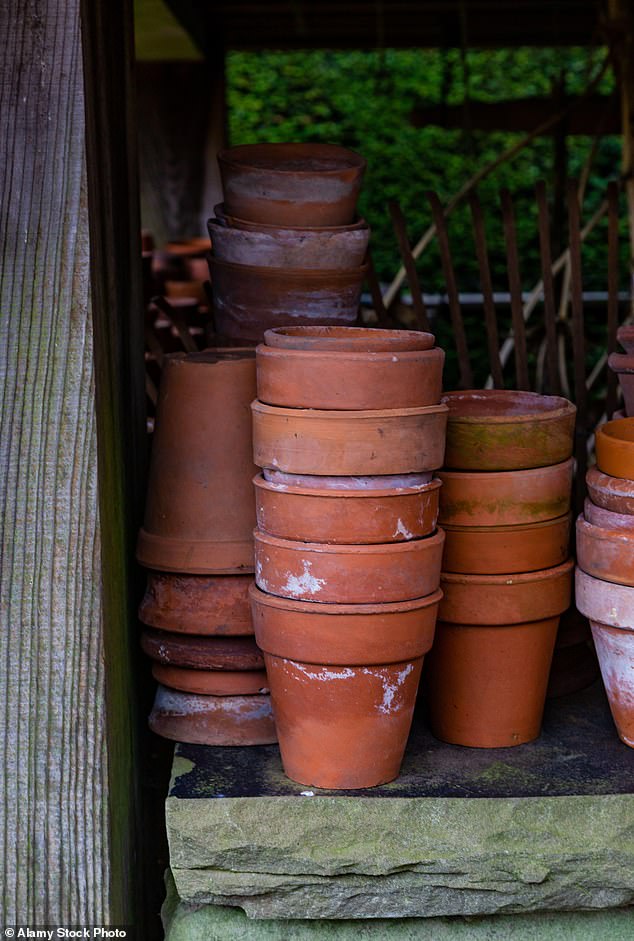
PLANT OF THE WEEK
MAHONIA X MEDIA ‘LIONEL FORTESCUE’
This award-winning cultivar of the Oregon grape is a large, upright shrub growing to around 3m tall.
In late winter, it will brighten up the back of a border with its racemes of bright yellow, scented flowers which can grow up to 40cm in length.
These stand up in bold clusters against long, spiky pinnate dark green leaves.
Prefers well-drained soil and partial shade, although it can tolerate sun or complete shade. Blue black berries are also produced towards the end of winter.
Named after the former Eton master who spent 40 years creating a garden at The Garden House in Devon.
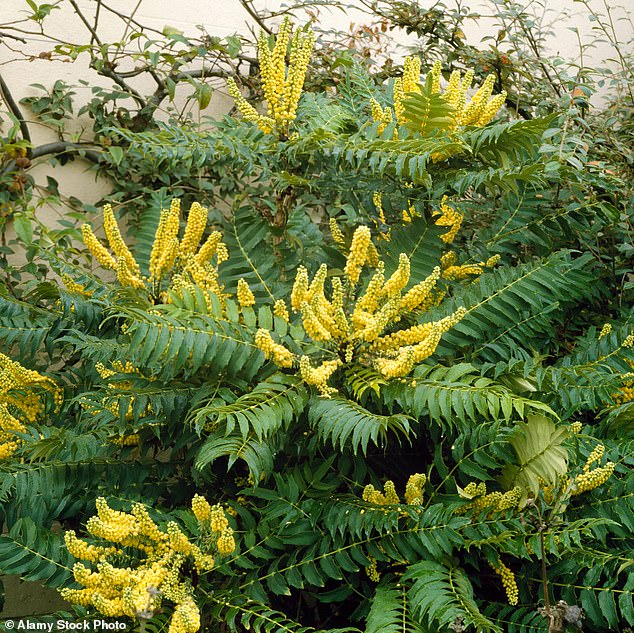
READER’S QUESTION
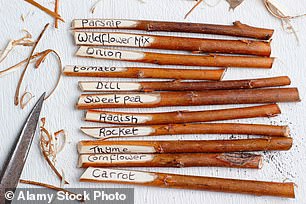
Can you suggest a sustainable alternative to plastic plant labels?
Heidi Maddocks, Sheffield
There are lots of creative and sustainable ways to make plant labels.
Dry sticks from the garden, then split them down the middle with a sharp knife and use a permanent marker to write on the insides.
Stones painted with plant names can look very effective.
Or you can use acrylic pens to write on metal jam jar lids then suspend these from an old tent peg using florist’s wire to secure them.
You can also use wooden lollipop sticks or paint stirrers and enlist children to help decorate them.
